Interesting day of discovery
 Friday, March 11, 2011 at 1:28PM
Friday, March 11, 2011 at 1:28PM More documents were released today concerning the investigation into the death of Caylee Marie Anthony. Some of the discovery is not very revealing, while other documents are. For instance, several TES volunteers described receiving phone calls from private investigators stating they were “calling from the Orange County Courthouse.” While misleading, they were not illegal. Cpl. Yuri Melich wrote in his incident report that an “investigation was conducted in order to determine if a private investigator working for the Casey Anthony defense violated State Statute by falsely impersonating an officer as per Florida State Statute 843.08.” He added that “there is insufficient evidence to prove anyone violated this statute.” Yes, several people complained the callers had misrepresented themselves, but by merely saying they were calling “from” the Orange County Courthouse failed to constitute probable cause that a crime was committed. I have to agree. I’ve made phone calls from the courthouse and by merely telling the other person I am calling from that location reveals nothing. I could be there for a hearing or something else.
What I did find interesting is that, while a lot of people believe Jerry Lyons is working alone, or that Mort Smith is still somehow involved, two new names surfaced. AHA! We can now add Katie Delaney, Gil Colon and Scott McKenna to the list. What would be intriguing would be if the SAO decided to seek the cell phone records from all of the PIs to see if they really did call from the courthouse as they claimed.
(See: http://www.wesh.com/pdf/27161837/detail.html)
Julie Ann Davis
Julie Davis was a TES searcher who was a K-9 handler. Her dog was trained to find human cadavers. She searched the Suburban Drive area on September 7, 2008 along with Tammy Dennis, Karen Gheesling and Luther Peeples. Tammy Dennis was also a dog handler. None of the dogs alerted anyone to a body. She was clear in her memory of where she searched, and more signifiacntly, where she didn’t. She said she looked at the end of Suburban, across from the school, with her dogs. So did Tammy. They found nothing unusual. She also said she looked into the wooded are where the body was eventually found, but not with her dogs, that remained in her car at the time. Those particular woods were overgrown with brush and flooded, she told Cpl. Eric Edwards on February 3 of this year.
“Um, I got out of my vehicle, walked along the edge of the, the tree line there. Looking inside that vegetation ah, it was thick, but I could see through the thickness was a lot of water.”
One of her most significant statements she made was that it may have been very difficult to find a body. Many variables would come into play.
“It depends on the body if it was wrapped in bags whether or not that K-9 would be able to detect that.”
(See: http://www.wesh.com/pdf/27161880/detail.html)
Cpl. Mark David Hawkins
Mark Hawkins was a longtime friend of Casey and her family. She often talked about visiting him in California, where he was stationed as a U.S. Marine. He knew her from their high school days together. After finding (alleged) samples of human decomposition, samples of Caylee’s hair and chloroform in the trunk of Casey’s vehicle, Hawkins came forward and offered to help in the investigation since he had knowledge of the victim and her family. He admitted that his relationship with Casey was only plutonic; that they had never been sexually intimate together. He said that they both agreed that they should just remain strictly friends. He was in the military and constantly being sent to different locations. Casey said she didn’t want a transient life for herself or Caylee.
“In late June/early July 2008, Casey and I were talking regularly, as I was keeping her updated on some medical issues of mine. She was worried about me and stated she wanted to come out to CA to see me, although there were never any solid plans made. A week or so later, Casey called me and was noticeably upset nd frustrated. She said she had something to tell me and couldn’t say it over the phone. She said ‘something happened’ a long time ago, but wouldn’t say what it was. Casey said she told her mother and brother whatever it was and they became angry & frustrated about it. I asked Casey what happened and tried to get her to tell me, she just saind, ‘Hey Mark, it’s just something I want to tell you in person’. I thought maybe there were some issues between her and her father or thought she was possibly upset about something else and she was just sort of dancing around it.”
In my opinion, this could have been the start of her accusation that her brother used to molest her. NCIS, the U.S. Naval Criminal Investigation, sent Supervisory Special Agent Leroy Jethro Gibbs and Probationary Special Agent Ziva David - JUST KIDDING! NCIS sent Hawkins to Orlando where he agreed to be wired up by FBI Special Agent Steve Mackley. He met with Casey at her house on October 9 and 10, where she was under house arrest after Leonard Padilla bonded her out of jail. Casey never did make admissions related to the death of her child, although this was prior to Caylee’s body was found. Casey also told Hawkins her brother, Lee, knew most of the story about what happened to Caylee. She added she would tell him all about it one day. I doubt Lee was in on the murder, though, and he was never a suspect.
(See: http://www.wesh.com/pdf/27161404/detail.html)
Anne Pham
Anne e-mailed Yuri Melich on February 1 of this year to tell him that on the morning Caylee’s remains were discovered the two of them spoke over the phone as the news broke. Laura never said anything about searching that specific area of Suburban Drive. In fact, it wasn’t until weeks or months later that she started claiming she searched there. Pham continued by saying that other searchers had no idea about Buchanan’s claim. Buchanan thought Roy Kronk was somehow involved in the murder of Caylee.
(See: http://www.wesh.com/pdf/27161898/detail.html)
Dr. Barry Logan
Dr. Logan is an expert in toxicology and analytical chemistry for NMS Labs. He has been retained by Casey’s defense.He will argue that there is no standard operating procedure for the use of the equipment utilized by Oak Ridge National Laboratory. He also states that the database was established with a total of four cadavers buried underground. There’s no demonstration that the findings would apply to human bodies that decomposed under different circumstances, such as in the trunk of a car. As an expert witness, he bases his opinions on several factors, one of which is that Oak Ridge is not a forensic laboratory, nor is it ASCLD-LAB qualified.
(See: http://www.wesh.com/pdf/27161862/detail.html)
Dr. Timothy Huntington
Dr. Huntington concluded that the species of fly associated with the garbage bag in Casey’s trunk is unremarkable and of no forensic value. Also found in the trash was a single dermestid beetle larva that’s of no significant value. Of course, he acknowledged that the findings were open to revision and reinterpretation, but we are now seeing what some of the defense witnesses will testify to at trial. He continues by claiming that, given the conditions in the trunk, specifically increasded temperatures due to solar radiation, adult flies found in the trunk on July 16, the eggs should have not been laid before July 2. Of course, the two sides will be arguing over the insect evidence at trial. Big time.
(See: http://www.wesh.com/pdf/27161900/detail.html)
(See: http://www.wesh.com/pdf/27161900/detail.html)
§
In a minor setback for the defense, DNA tests on a laundry bag and shorts that were found with Caylee’s remains came back negative. It may have helped raise reasonable doubt.
§
Depositions
Several depositions were released yesterday. One that was filed comes from the Orange-Osceola Medical Examiner’s Office, where Dr. Jan Garavaglia works. In her September 28, 2010 deposition, she confirmed that the remains showed no signs of trauma. Nothing led up to the cause or manner of death. When defense attorney Cheney Mason asked her about other possibilities besides murder, such as playing with a plastic bag or drowning, she replied that because nothing was “reported immediately to the hospital or law enforcement to try to rescuscitate this person, or EMS, and this person is still found with duct tape on the face, I would still call that a homicide.”
I know many of us have already heard that revelation, and we may remember what Kiomarie Cruz said, too. Another deposition came from OCSO Deputy Appling Wells from his March 9, 2010 deposition. Kiomarie told him that Casey “didn’t really want the baby” and that she wanted to give it up for adoption. Cindy wouldn’t allow it.
Wells met with Cruz on July 19, 2008. She and Casey were friends from middle school and high school and they used to hang out in the woods across from Hidden Oaks Elementary School. She told wells that they used to go there to do adult things like fornicate and smoke wacky weed. “If Casey was to do something bad,” she told him, “maybe this is where she would put the baby.”
Jose Baez questioned him about Kiomarie’s mental health and Wells said, “I didn’t think that was an issue talking to her.”
Wells said that after Casey was first arrested, she was shocked and most likely “a little pissed off.”
He discussed meeting with the Anthony’s neighbor, Brian Burner, about the time Casey borrowed his shovel. “She brought it back an hour later,” Wells said. “Nothing stood out as far as being something wrong.”
Later, he had a “police officer to police officer” chat with George looking for evidence that “someone, something had been buried” in the back yard.
Finally, and some in the media may find this a bit unsettling, Wells expressed his annoyance with the media throughout his deposition. He considered them to be obsessed with the story.”They’re just vultures,” he said.
(See: The Orlando Sentinel, March 11, 2011)
 Dave Knechel | tagged
Dave Knechel | tagged  Anne Pham,
Anne Pham,  Cpl. Mark David Hawkins,
Cpl. Mark David Hawkins,  Deputy Appling Wells,
Deputy Appling Wells,  Gil Colon,
Gil Colon,  Julie Ann Davis,
Julie Ann Davis,  Katie Delaney,
Katie Delaney,  Mort Smith,
Mort Smith,  Scott McKenna,
Scott McKenna,  Steve Mackley | in
Steve Mackley | in  Anthony Lazzaro,
Anthony Lazzaro,  Brian Burner,
Brian Burner,  Casey Anthony,
Casey Anthony,  Caylee Anthony,
Caylee Anthony,  Cheney Mason,
Cheney Mason,  Cindy Anthony,
Cindy Anthony,  Dave Knechel,
Dave Knechel,  David B. Knechel,
David B. Knechel,  David Knechel,
David Knechel,  Dr. Barry Logan,
Dr. Barry Logan,  Dr. Tim Huntington,
Dr. Tim Huntington,  FBI,
FBI,  Forensic Entomology,
Forensic Entomology,  Forensics,
Forensics,  George Anthony,
George Anthony,  Hidden Oaks Elementary School,
Hidden Oaks Elementary School,  Jerry Lyons,
Jerry Lyons,  Jose Baez,
Jose Baez,  KioMarie Cruz,
KioMarie Cruz,  Laura Buchanan,
Laura Buchanan,  Leonard Padilla,
Leonard Padilla,  Marinade Dave,
Marinade Dave,  Marinade Dave Knechel,
Marinade Dave Knechel,  Marinade Dave’s Caylee Anthony Posts,
Marinade Dave’s Caylee Anthony Posts,  OCSO,
OCSO,  Oak Ridge National Laboratory,
Oak Ridge National Laboratory,  Roy Kronk,
Roy Kronk,  State Attorney's Office,
State Attorney's Office,  Yuri Melich,
Yuri Melich,  marinadedave |
marinadedave | 
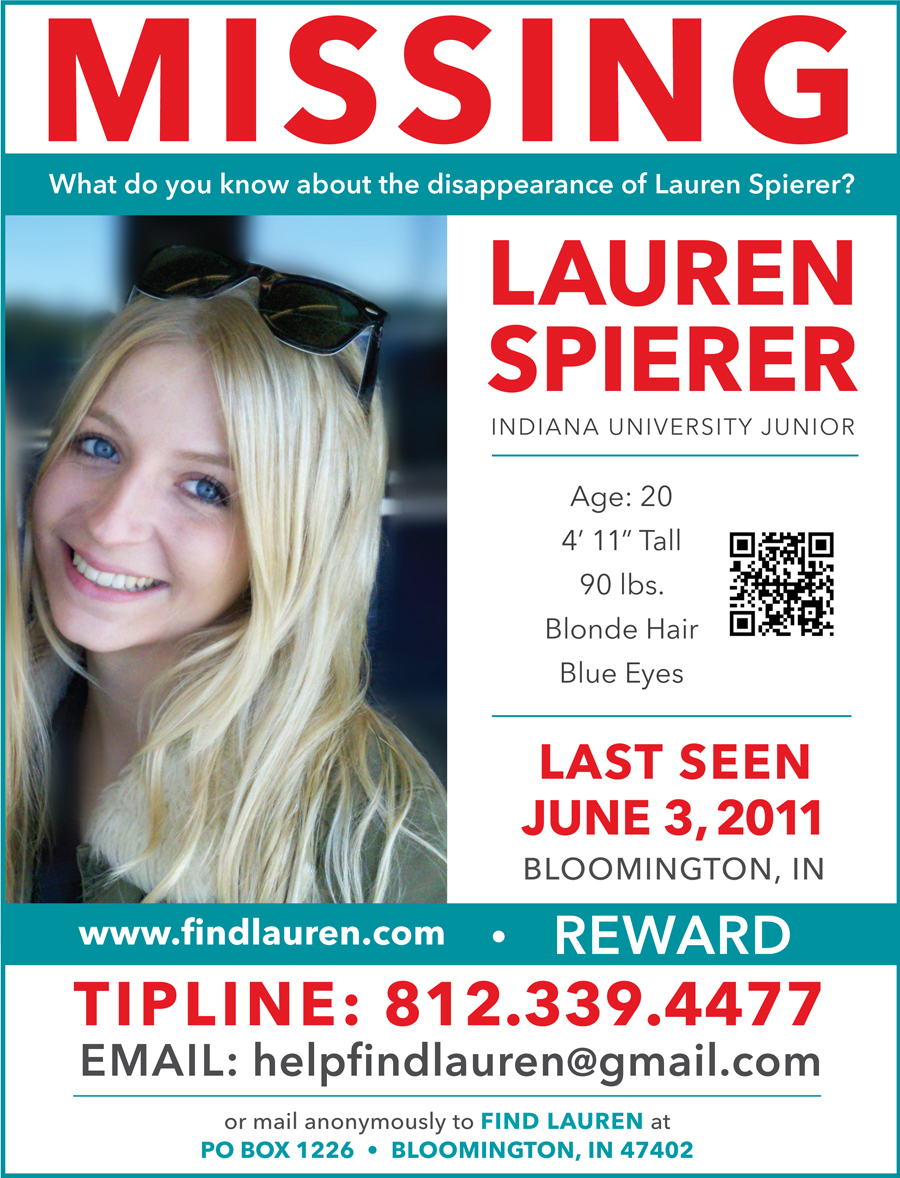
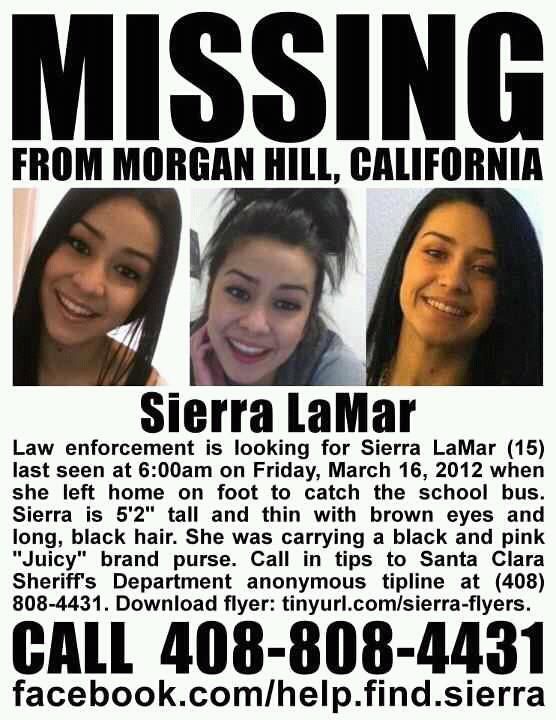


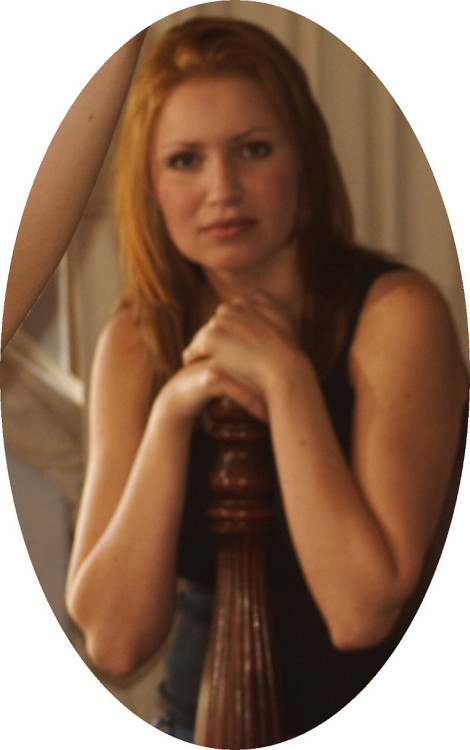
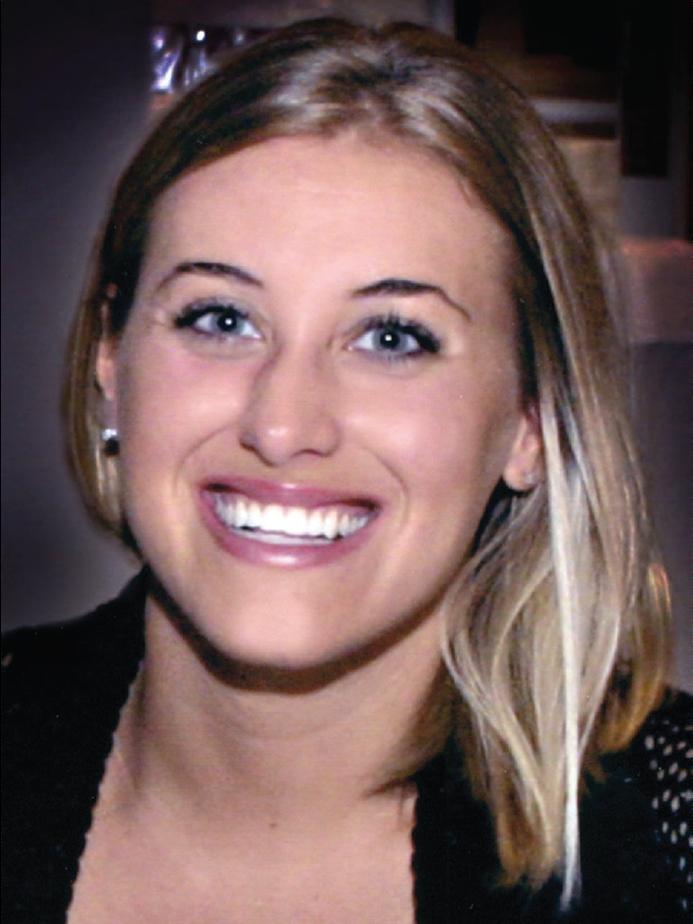














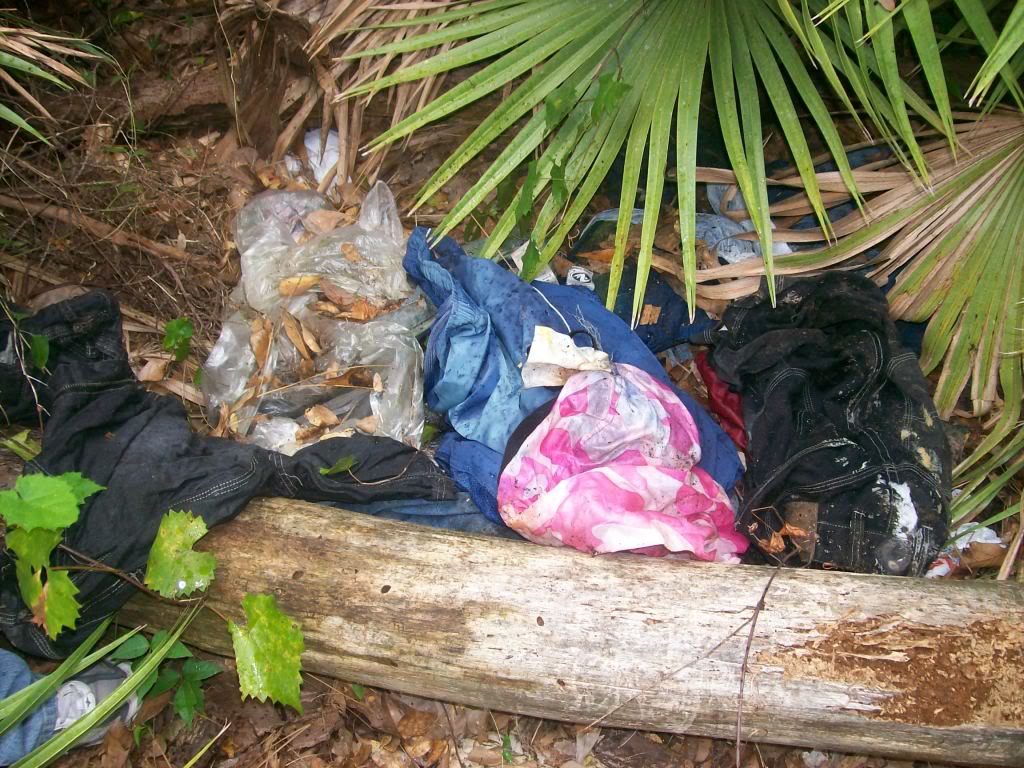

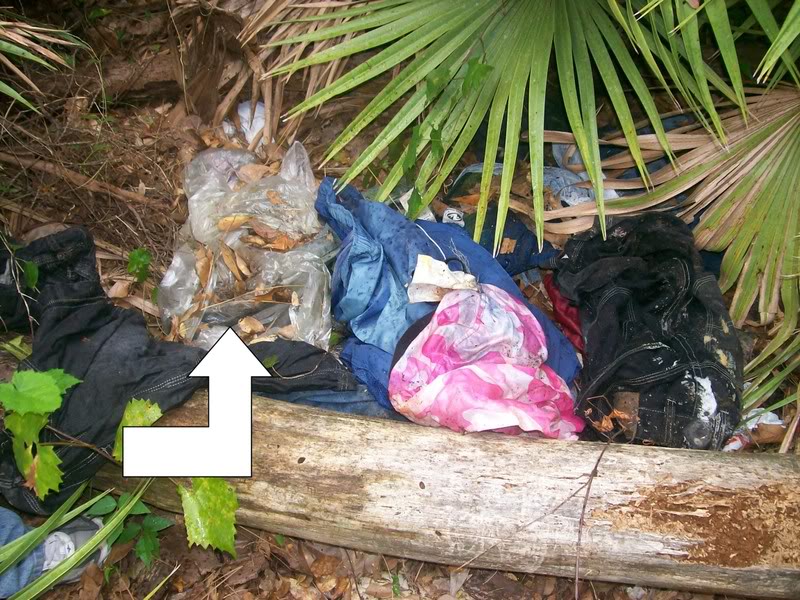

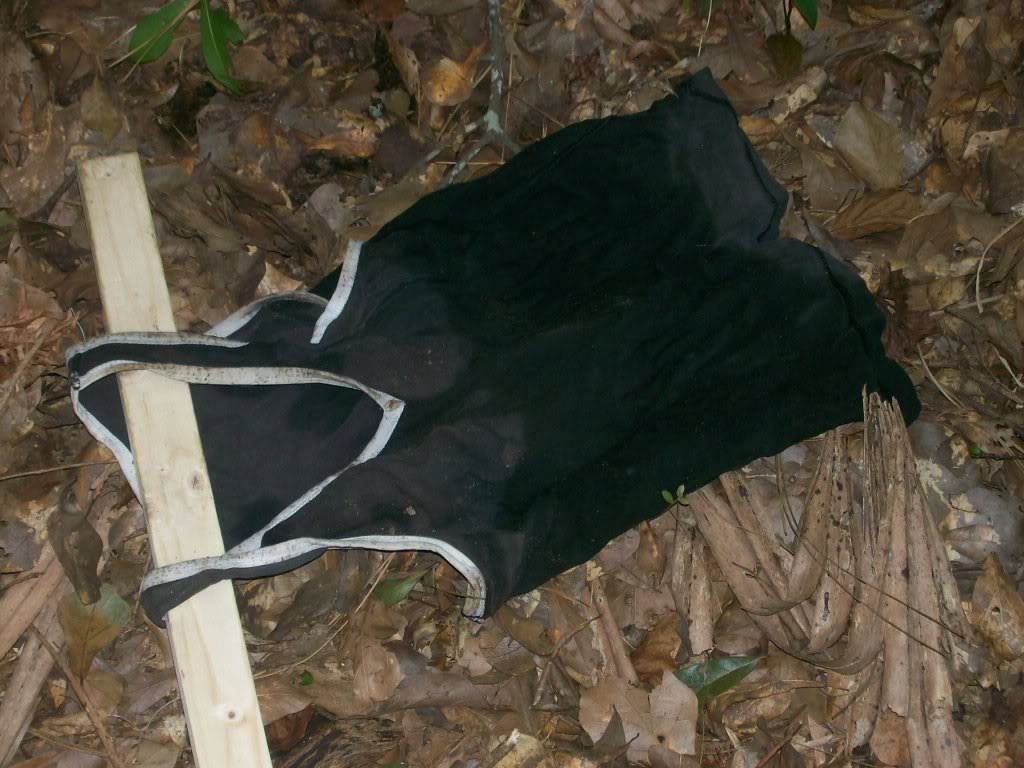
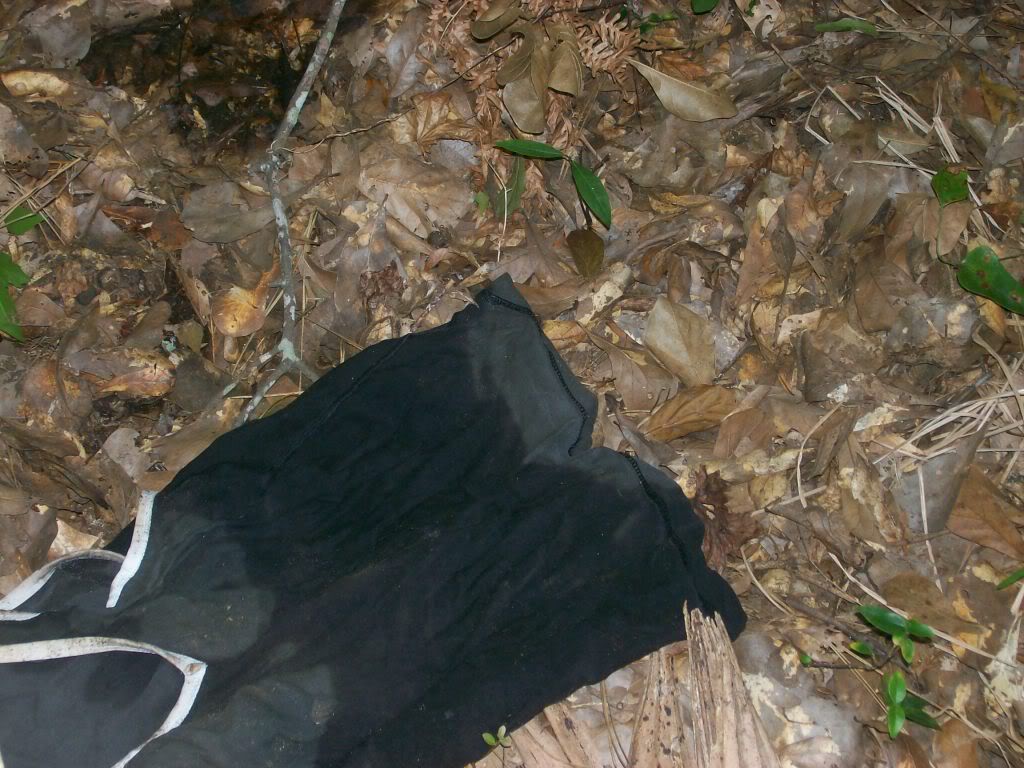












 LEGAL NOTICE
©David B. Knechel. All Rights Reserved. No portion of this site can be reproduced in it's entirety or in part without expressed written permission by the owner/administrator of this site in accordance with the Digital Millennium Copyright Act. Section 512(c)(3) of the U.S. Copyright Act, 17 U.S.C. §512(c)(3). The charges against defendants are mere accusations and the subjects are presumed innocent until found guilty in a court of law.
LEGAL NOTICE
©David B. Knechel. All Rights Reserved. No portion of this site can be reproduced in it's entirety or in part without expressed written permission by the owner/administrator of this site in accordance with the Digital Millennium Copyright Act. Section 512(c)(3) of the U.S. Copyright Act, 17 U.S.C. §512(c)(3). The charges against defendants are mere accusations and the subjects are presumed innocent until found guilty in a court of law.
